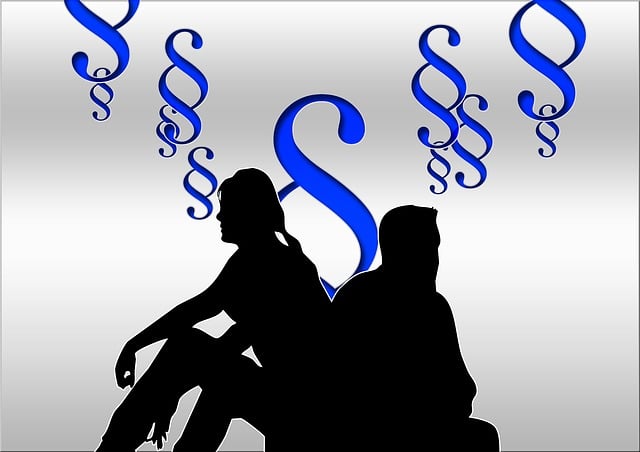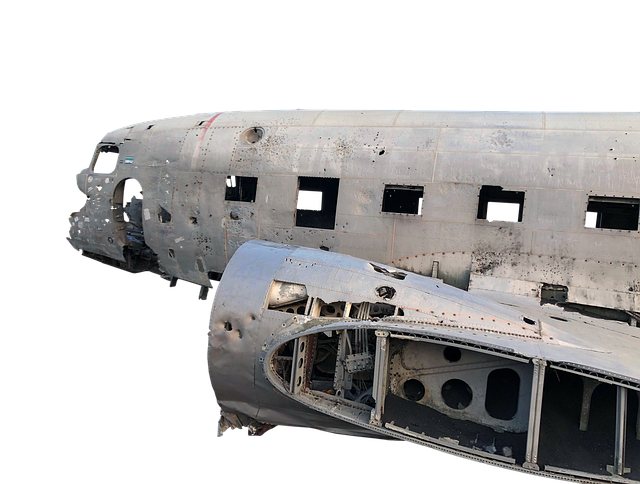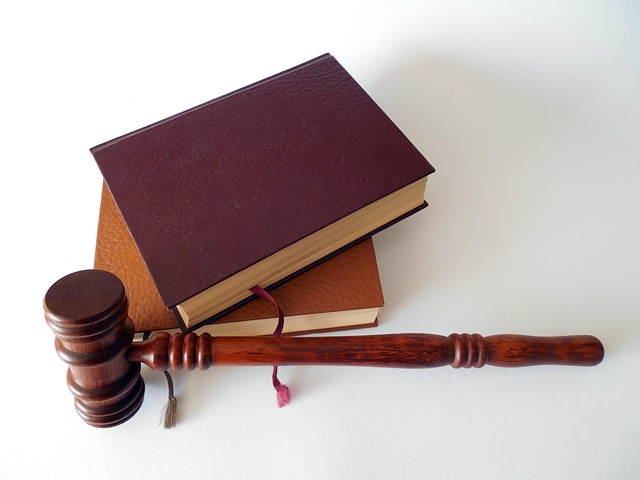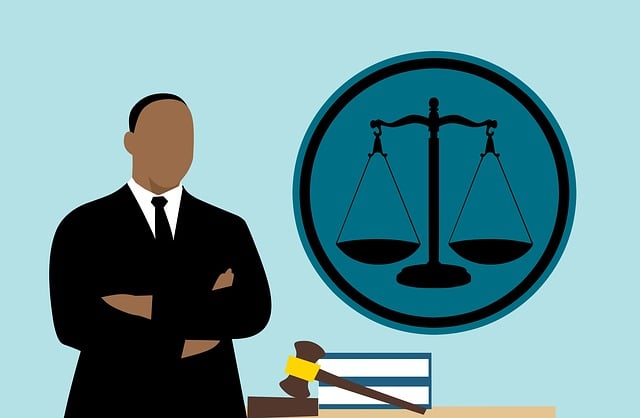Pain and suffering compensation is crucial in personal injury cases, addressing non-economic harm like physical pain, emotional distress, and reduced quality of life. It involves a detailed assessment of injuries, medical records, and trauma. In caregiver abuse or product liability claims, this compensation ensures victims receive fair reimbursement for overall hardship, including medical expenses. Consulting an experienced lawyer is vital to navigate rights and available compensation, which goes beyond economic damages to recognize subjective experiences like mental anguish and loss of enjoyment in life.
“Unsure what to expect when seeking pain and suffering compensation? This comprehensive guide breaks down the intricate process, from understanding your entitlements to navigating complex settlements. We delve into the definition of pain and suffering, the types of damages it covers, and the crucial role legal professionals play in securing fair compensation.
Learn about the step-by-step settlement process, including claim filing, evidence gathering, and negotiation tactics. Explore key factors influencing settlement amounts, such as injury severity, long-term disabilities, and local legal standards, empowering you to make informed decisions regarding your pain and suffering compensation journey.”
- Understanding Pain and Suffering Compensation
- – Definition of pain and suffering
- – Types of damages covered
Understanding Pain and Suffering Compensation

Pain and suffering compensation is a crucial aspect of personal injury cases, aiming to provide financial relief for the non-economic harm experienced by victims. This includes physical pain, emotional distress, loss of quality of life, and other subjective experiences that significantly impact an individual’s well-being. When pursuing a settlement, understanding what constitutes pain and suffering in legal terms is essential. It involves a detailed evaluation of the victim’s injuries, medical records, and the extent of their emotional trauma.
In various scenarios, such as caregiver abuse cases or accident settlements, pain and suffering compensation plays a vital role in ensuring victims receive fair reimbursement for their experiences. For instance, in product liability claims, if a defective product causes severe injury and subsequent pain and suffering, the manufacturer may be held liable for not only medical expenses but also non-economic damages to compensate for the victim’s overall hardship.
– Definition of pain and suffering

Pain and suffering compensation refers to monetary relief awarded to individuals who have experienced physical or emotional distress due to someone else’s negligence or wrongful actions. This type of damages is intended to reimburse victims for the hardship they’ve endured, encompassing various elements such as acute physical pain, ongoing discomfort, mental anguish, loss of enjoyment in life, and medical expenses associated with their injuries.
When navigating a pain and suffering settlement, especially after incidents like caregiver negligence or severe auto accidents, it’s crucial to consult an experienced truck accident lawyer. These legal professionals can help victims understand their rights and the full scope of compensation they may be entitled to, including economic damages for medical bills and lost wages, as well as non-economic damages for the pain and suffering they’ve experienced.
– Types of damages covered
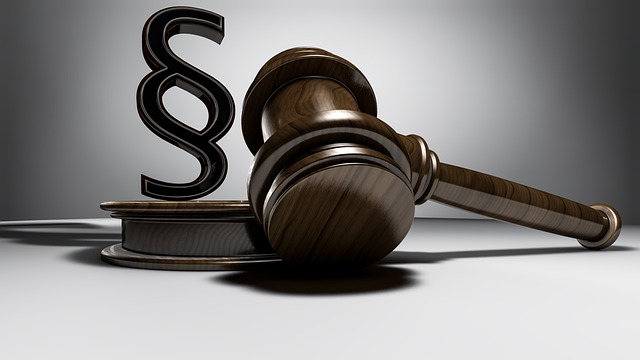
When it comes to pain and suffering settlements, individuals who have experienced personal injuries often seek compensation for more than just medical expenses. Pain and suffering compensation encompasses a wide range of damages designed to recognize and reimburse the non-economic harm caused by an injury. This includes physical pain, mental anguish, emotional distress, disfigurement, loss of enjoyment of life, and any other subjective experiences related to the injury.
In the context of auto accident injuries or partnership disputes, for instance, a car accident lawyer would advocate for their client’s right to receive pain and suffering compensation alongside economic damages. This ensures that individuals are not left financially burdened by the physical and emotional toll of an accident or dispute. It’s crucial to understand what damages are covered in these settlements to ensure a comprehensive and fair resolution.
When pursuing a pain and suffering settlement, understanding the process and what to expect is crucial. This article has provided an overview of the types of damages covered under pain and suffering compensation, highlighting the importance of seeking legal advice to navigate this complex landscape. By recognizing the potential for financial relief and the steps involved, individuals can better prepare themselves during these challenging times. Remember, each case is unique, so consulting with a professional is essential to ensure a fair outcome.



